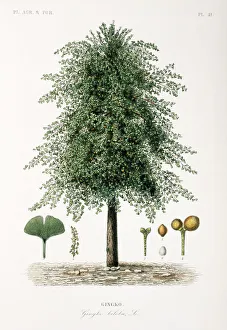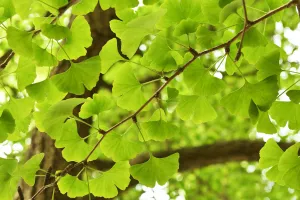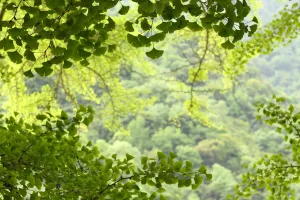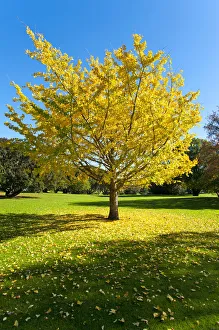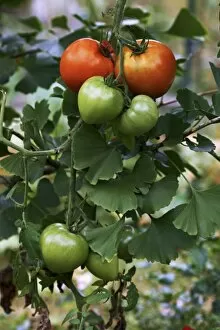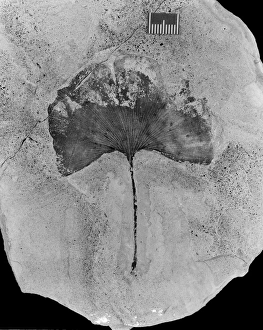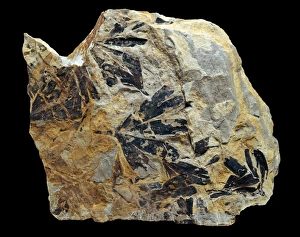Ginkgoaceae Collection
"Ginkgoaceae: A Timeless Wonder of Nature" The Ginkgo biloba, commonly known as the maidenhair tree, is a captivating species that has stood the test of time
All Professionally Made to Order for Quick Shipping
"Ginkgoaceae: A Timeless Wonder of Nature" The Ginkgo biloba, commonly known as the maidenhair tree, is a captivating species that has stood the test of time. Its leaves, resembling delicate fans, can be found in various corners of the world, including the Tangjiahe National Nature Reserve in Sichuan, China. In this enchanting reserve, where nature thrives abundantly, one can witness the beauty and resilience of these Ginkgo trees. Their vibrant foliage adorns the landscape with shades of gold during autumnal months. Western Springs Park in Auckland, New Zealand also boasts their presence as they grace its grounds with their majestic aura. Even beyond natural habitats like national reserves and parks lies evidence of Ginkgo's existence throughout history. Fossilized leaves serve as a testament to its ancient lineage; fossils such as those labeled C016/5957 and C016/5952 provide glimpses into a distant past when these trees flourished alongside other prehistoric life forms. Interestingly enough, humans have long recognized the value held within Ginkgo biloba. The Homo sapiens cranium discovered at Liujiang 1 suggests that our ancestors were well-acquainted with this remarkable plant even thousands of years ago. Today, we continue to appreciate Ginkgo for more than just its aesthetic appeal. It holds significance in traditional medicine practices due to its potential health benefits. As illustrated by C016/4281 depicting tomatoes alongside Gingko biloba—a symbol of harmony between nature's offerings and human ingenuity—this tree continues to captivate us with both its visual allure and medicinal properties. From Thuringia in Germany to far-flung lands across continents like China and New Zealand—the legacy lives on through generations. Its enduring presence reminds us that amidst ever-changing landscapes and evolving civilizations there are timeless wonders waiting to be explored—an invitation to marvel at the beauty and resilience of nature.

